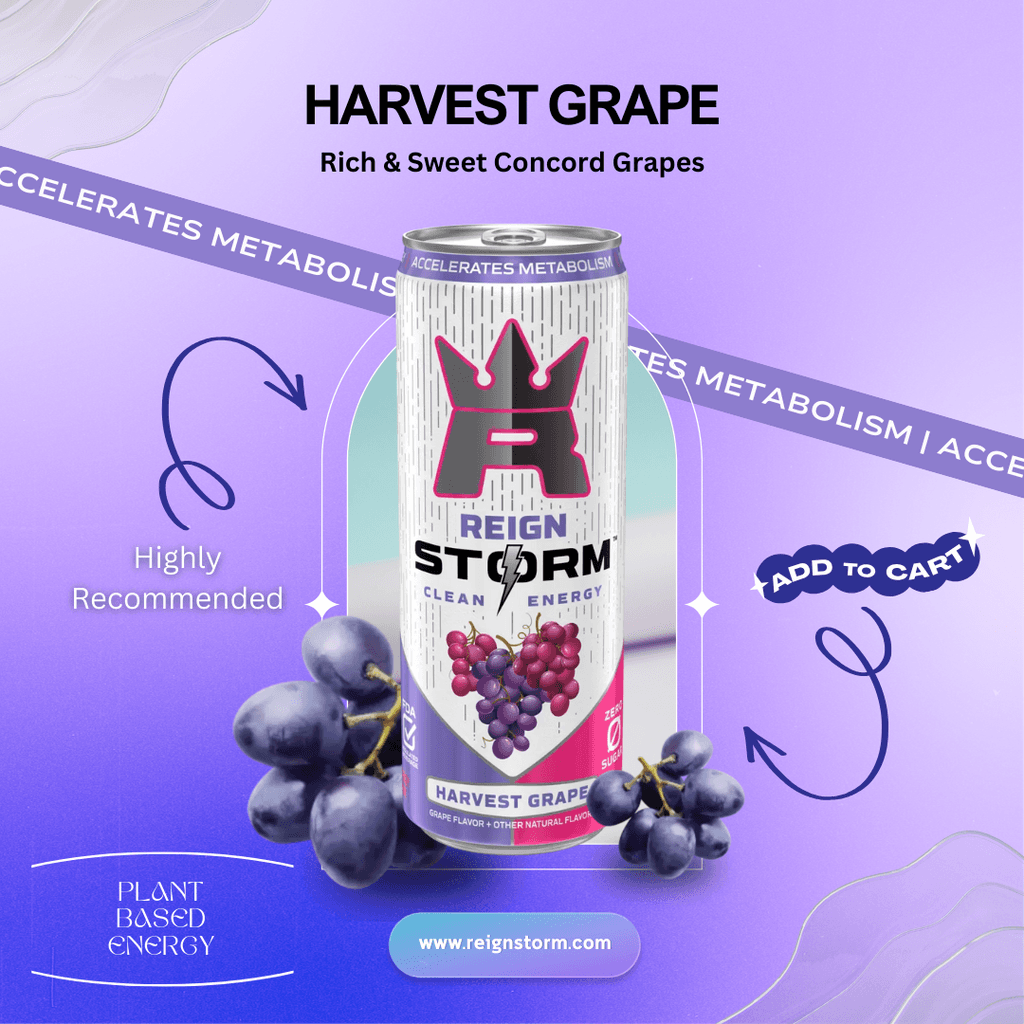Maximizing Marketing Productivity: A Comprehensive Guide
In today's competitive business landscape, understanding and optimizing marketing productivity is crucial for achieving sustainable growth and profitability. Marketing productivity assesses how effectively your marketing strategies convert inputs—like time, budget, and resources—into desired outputs such as leads, sales, and customer engagement. By focusing on this aspect, businesses can ensure that every marketing dollar spent contributes meaningfully to their bottom line.
Understanding Marketing Productivity
Marketing productivity isn't just about the volume of activities but about their effectiveness in achieving set objectives. For instance, a campaign reaching a vast audience but yielding minimal conversions may be less productive than a targeted campaign with a higher conversion rate and fewer resources.
Key Metrics for Measuring Marketing Productivity
To accurately gauge marketing productivity, it's essential to monitor specific performance indicators:
1. Return on Investment (ROI)
ROI measures the profitability of marketing campaigns by comparing the revenue generated to the costs incurred. A higher ROI indicates more efficient use of marketing resources.
Example:
If a company spends $5,000 on a campaign that generates $25,000 in revenue, the ROI is 400%, indicating a highly productive campaign.
2. Conversion Rates
This metric assesses the percentage of users who take a desired action, such as making a purchase or signing up for a newsletter. High conversion rates suggest that marketing messages and calls-to-action are effective.
Example:
An e-commerce site with a 5% conversion rate from a targeted email campaign demonstrates effective messaging and audience targeting.
3. Customer Acquisition Cost (CAC)
CAC calculates the average expense of acquiring a new customer. Lower CAC values imply more cost-effective marketing strategies.
Example:
If acquiring a customer costs $50 and the average customer spends $200, the strategy is considered productive.
4. Lead Generation Rates
Tracking the number of qualified leads generated helps determine the effectiveness of marketing efforts in attracting potential customers.
Example:
A webinar campaign generating 300 qualified leads indicates successful engagement and interest in the product or service offered.
5. Customer Lifetime Value (CLV)
CLV estimates the total revenue a business can expect from a single customer account. Understanding CLV helps in allocating marketing resources towards retaining high-value customers.hrcurator.com+1Reddit+1
Example:
If the average customer generates $1,000 over their lifetime, strategies focusing on retention and upselling become crucial.
6. Website Traffic and Engagement
Monitoring website visits, bounce rates, and time spent on pages provides insights into the effectiveness of content and user experience.
Example:
A blog post that increases website traffic by 20% and has a low bounce rate indicates valuable content that resonates with the audience.
7. Social Media Metrics
Engagement rates, shares, and follower growth on social platforms indicate the reach and impact of social media marketing efforts.
Example:
A social media campaign that doubles follower count and increases engagement by 50% reflects successful audience interaction.
Enhancing Marketing Productivity Through Automation
Implementing marketing automation tools can significantly boost productivity by streamlining repetitive tasks and enabling personalized customer interactions. Automation facilitates:
Email Campaign Management: Automating email sequences ensures timely and relevant communication with prospects and customers.
Social Media Scheduling: Planning and scheduling posts in advance maintain consistent online presence without daily manual input.
Lead Scoring: Automatically ranking leads based on engagement and behavior helps prioritize sales efforts.
Customer Segmentation: Dividing the audience into segments allows for tailored marketing messages that resonate more effectively.
Example:
Using tools like HubSpot or Marketo, businesses can automate lead nurturing processes, resulting in a 10% increase in conversion rates and a 15% reduction in customer acquisition costs.
Never Miss a Trend Again
Join over 1 million Business-decision makers and marketers to get latest social news, trends, and tips right to your inbox!
Implementing a Marketing Productivity Strategy
To effectively measure and improve marketing productivity:
Set Clear Objectives: Define specific, measurable goals for your marketing campaigns.
Select Appropriate Metrics: Choose KPIs that align with your objectives and provide meaningful insights.
Utilize Automation Tools: Incorporate software solutions that automate tasks and provide analytical data.
Regularly Analyze Performance: Review metrics consistently to identify areas for improvement and adjust strategies accordingly.
Foster Continuous Improvement: Encourage a culture of ongoing optimization within the marketing team to adapt to changing market dynamics.
Example:
A company aiming to increase lead generation by 25% in six months can set monthly targets, monitor progress using CRM analytics, and adjust tactics based on performance data.
At Rarecide, we specialize in helping businesses unlock their marketing potential through strategic planning and automation solutions. Contact us today to learn how we can support your journey towards greater marketing productivity.
Conclusion
Measuring and enhancing marketing productivity is vital for achieving sustainable business growth. By focusing on key performance metrics and leveraging automation tools, businesses can optimize their marketing strategies, reduce costs, and increase ROI. Embracing a data-driven approach ensures that marketing efforts are not only creative but also efficient and effective.
Get matched with the world’s best creators in producing content that’s impossible for your audience to skip.

























